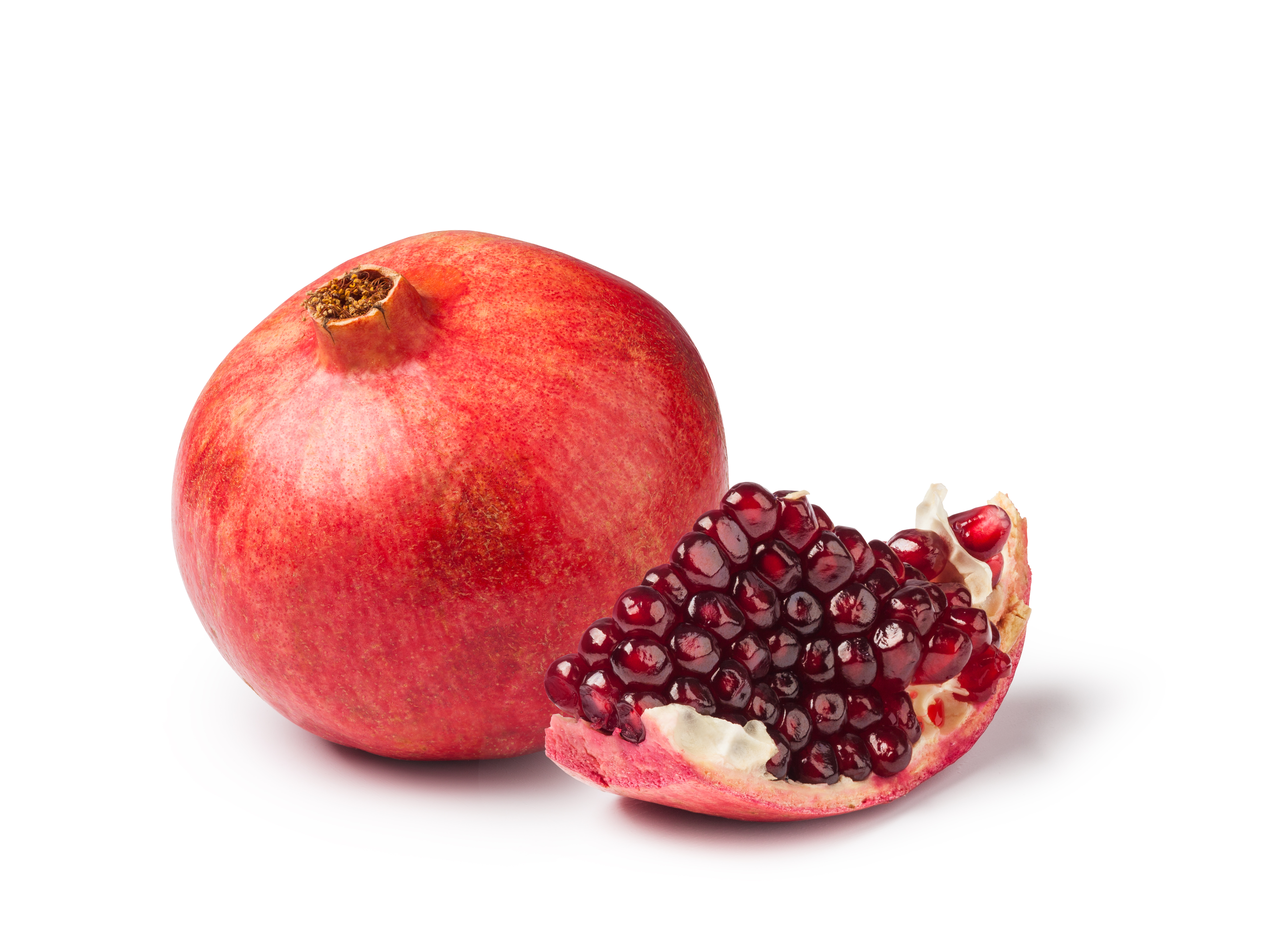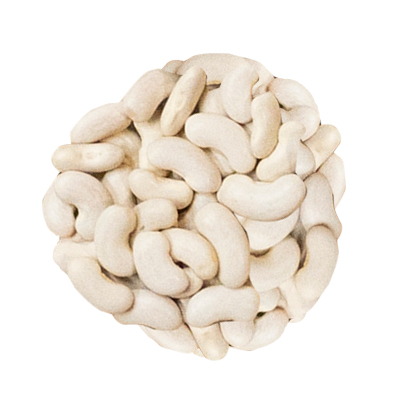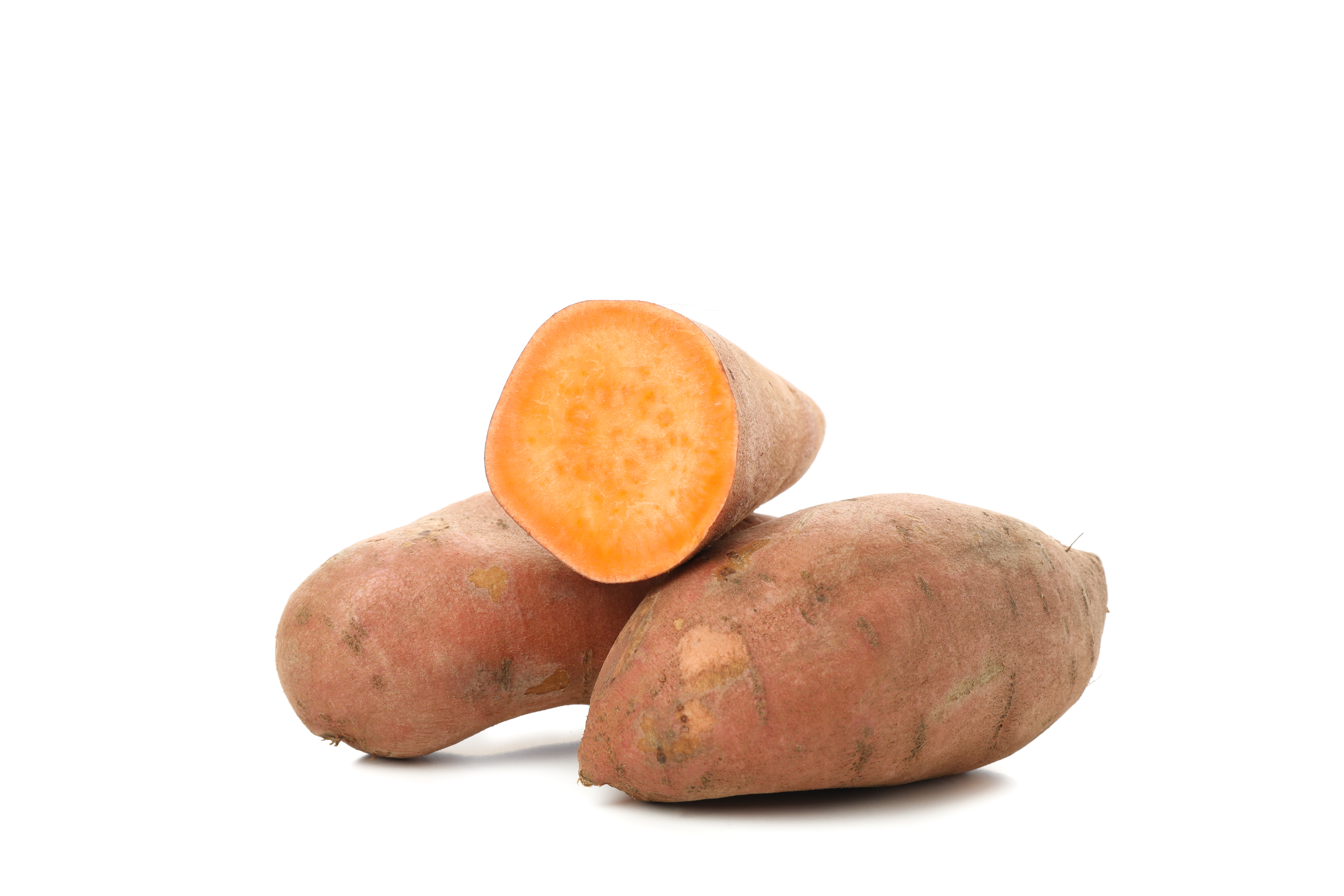Pomegranate
The pomegranate is the fruit of the pomegranate tree. It’s believed to have originated in the East, as it appears in documents dating back to the year 4000 BC. In all probability initially in Persia and the Western Himalayas, and has been grown for many years in places such as India, Iran, Afghanistan, Russia, Pakistan, Iraq and the Mediterranean region.

-
Rich in vitamins C, B2 and B9. It contains minerals such as potassium, iron. zinc, copper, selenium, magnesium and calcium, and is rich in carbohydrates and antioxidants.
And it also has a high fibre content.
-
This is a fruit that isn’t too amenable to being used in baking or confectionery, and so is best eaten fresh, or as juice. As it doesn’t have a particularly strong flavour, it’s difficult to use in some recipes, but even so there are a good few options:
- Use the seeds: Try adding pomegranate seeds directly to yoghurts and salads.
- Juice: As it’s a fruit with a high water content, it’s ideal for juicing.
- Infusions: Use pomegranate juice to make infusions, combining it with tea, rooïbos, hibiscus, mint, etc., and drink cold like a flavoured water in hot weather as an aperitif.
- Sorbets and slushes: Making a sorbet or slush with the juice is a good option, as long as the fruit is perfectly ripe.
-
Pomegranates don’t need sophisticated preparation, thanks to their unusual texture and flavour. They have a hard skin that prevents them from ripening too quickly, which means that they can be kept for a long time. They’re great for adding to salads and fruit salads, and very good when prepared with lemon juice or vinegar which help to enhance the flavour. As well as being ideal for making juices and infusions, they’re perfect for using as decoration, for salads, as well as with ice creams or mousses.







